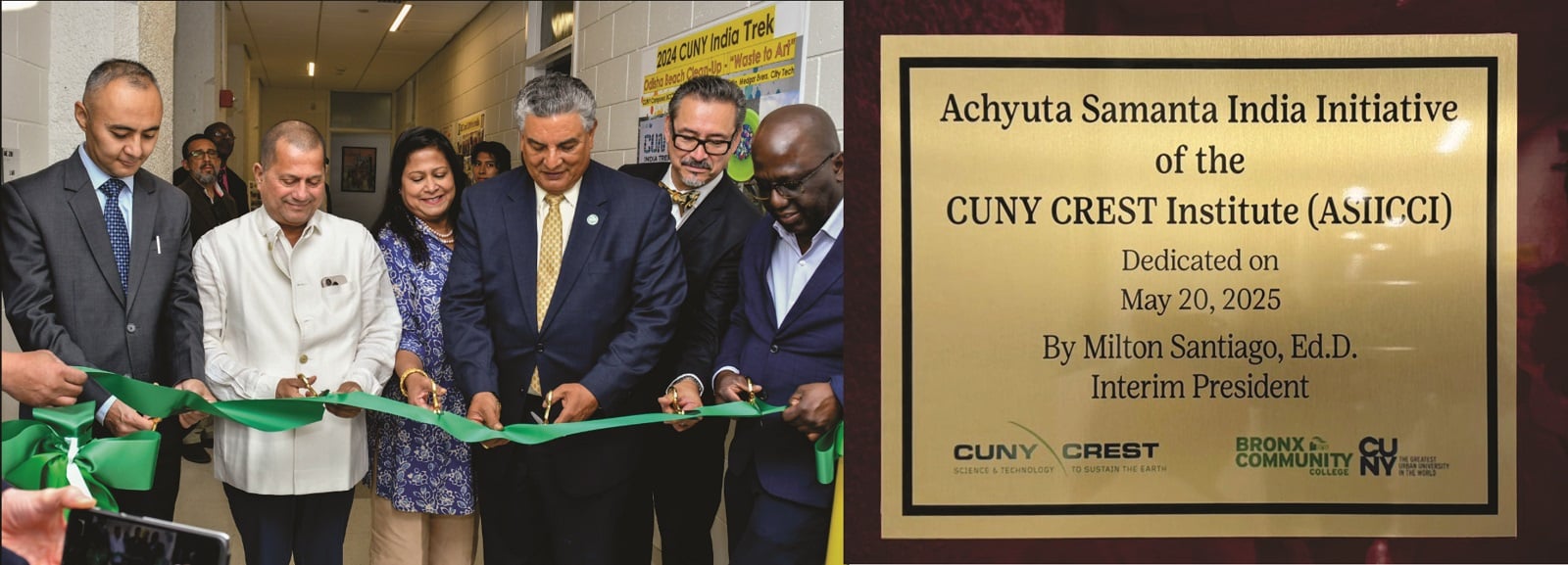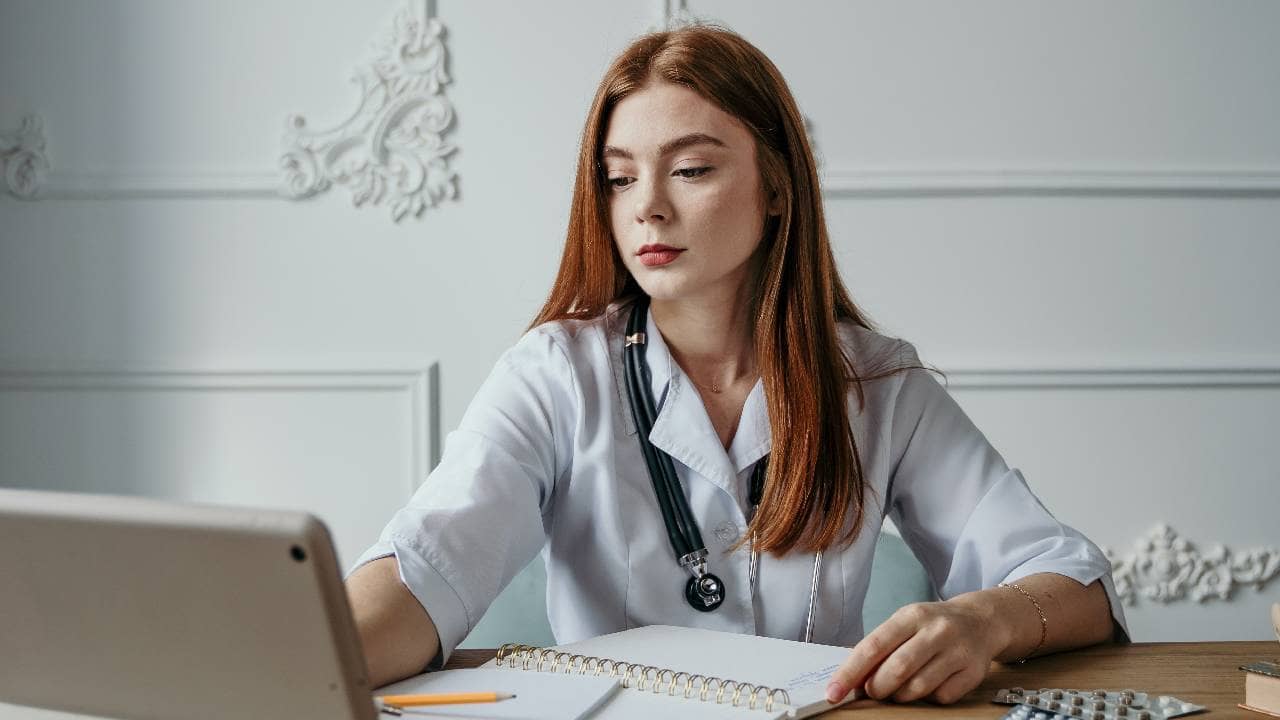The Ministry of Health and Family Welfare (MOHFW), Government of India is on its way to take the first step toward the restoration of the conventional education system in the country following the COVID-19 aftermaths. It has been a long waiting period now when the MOHFW has for the first time hinted at reopening of schools in the country. As per an official notice issued at mohfw.gov.in, the government will allow schools to reopen from September 21, 2020. However, there are going to be certain protocols/SOPs to be followed as per the directives issued by the MOHFW.
The Indian government ordered a complete lockdown of all socio-economic activities following the initial stages of the pandemic in the country. Schools, Colleges and other educational institutes were among the first ones to be shut down in the greater interest of preservation of public health and safety. However, schools are being allowed to reopen from September 21, 2020, for students of Classes 9th to 12th only on a voluntary basis for taking guidance from teachers.
MOHFW has issued some generic and some specific SOPs to be followed as schools reopen. The generic measure must be observed by all of the involved stakeholders including students, teachers and others. Everyone is to maintain 6 feet of distance from each other. Use of masks is compulsory at all times. Use of sanitizers/hand-wash is recommended frequently. In addition, everyone is required to observe respiratory etiquette including covering the mouth while sneezing/coughing. It has been emphasized that all students, teachers and employees must have Arogya Setu application on their mobile devices and monitor personal health on a regular basis.
MOHFW has also issued some specific guidelines to follow before and after the opening of the schools. Specific restrictions will still be enforced wherever applicable. For instance, schools within containment zones will not be allowed to open. Proper sanitization of school premises with 1% sodium hypochlorite solution has been mandated. Schools administration has been directed to arrange for contactless attendance recording system. Furthermore, any activity including assembly, sports, cultural events that involve gathering/crowding is prohibited. Although Gymnasiums are allowed to function according to MOHFW guidelines, swimming pools will still remain closed.
It is certain that in the post-COVID era, certain changes must be embraced in the greater interest of public health and safety. The reopening of the schools is voluntary in nature and the government is still encouraging online/distance modes of education. Therefore, visiting schools on a voluntary basis will involve written consent of parents. Unlike previous times, biometric or another form of attendance recording that involves physical contact will be eradicated. Similarly, students will miss out on morning assembly, organized sports & cultural events and may not be allowed to visit the washrooms with their best buddies anymore.
Specific SOPs are also issued that apply after the opening of the schools. For example, all entrances must have sanitizer dispensers and provisions for thermal screening. Multiple entry/exits are encouraged at schools. In addition, there will be restrictions on any individual with symptoms of a suspected infection. Such individuals are not to be allowed on the premises after the opening of schools. Symptomatic individuals must be immediately referred to the nearest health centre.
The aforementioned guidelines are some of the main highlights of the SOPs being introduced by the Ministry in the interest of preservation of public health while restoring normal academic activities. However, These directives are not exhaustive and one must continuously refer to the official website of the Ministry for further issued directives. In addition, it is also advised that the official notice of SOPs be downloaded from the website and internal protocols are developed on its basis by all such institutions that are being allowed to reopen.






